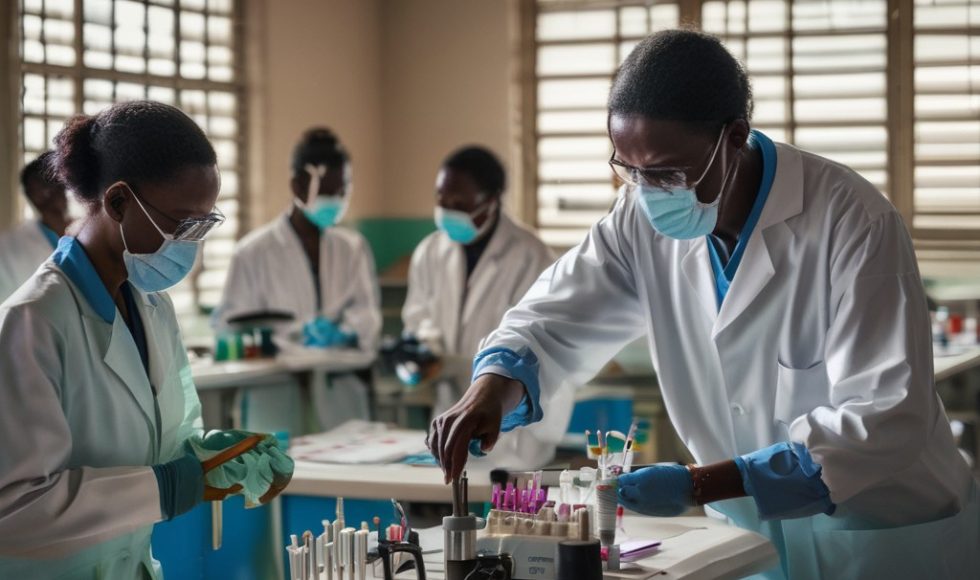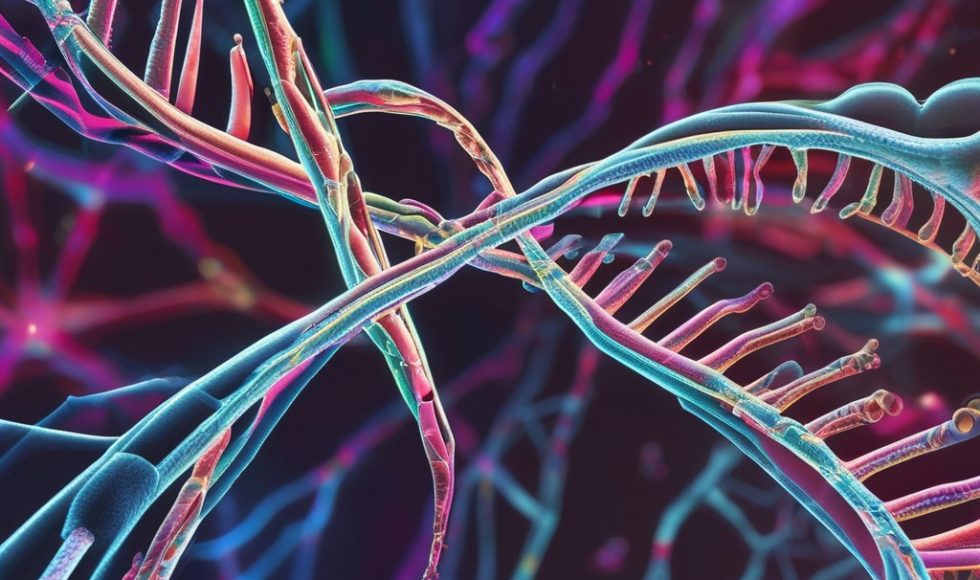Alex Shaw from the Imperial College London in the UK spoke at London Calling 2024 about “Early detection of poliovirus outbreaks in the DRC from 2021-2022.” They have been doing poliovirus sequencing training with partners for several years, focusing on direct sequencing methods with Nanopore: Direct molecular Detection and Nanopore Sequencing (DDNS). Shaw explained that […]
Temitayo A. Olagunju from the University of Idaho presented at London Calling 2024 on “Assembling a T2T cattle genome with Oxford Nanopore reads.”The breed of cattle they focused on is the gyr, with a characteristic hum on the back and important for milk production. They are often intercrossed/interbred with other bos cattle for their features […]
Tonight, I watched Jade Foster from the University of Southampton in the UK present at London Calling 2024. The session’s title was “Identifying m6A RNA modifications in neuroblastoma cell lines.” They explained that epitranscriptomics describes the modification of RNA molecules. There are over 150 RNA modifications determined by readers, writers, and erasers! This process is […]
Sneha Geonka from Stanford University & Princeton presented on “Computational paradigm for scalable ultra-fast, & cost-efficient nanopore sequencing.” Goenka shared a graph showing the turnaround time for sequencing in the clinic. The world record is 7.3 hours at Stanford! To shorten the time to diagnosis, the pipeline included distributed computing and a lot of GPUs: […]
Tonight, I watched Max Schmidt from Geisenheim University in Germany speak about grapevine genomics at London Calling 2024. The title of the session is “Using Oxford Nanopore Sequencing in Grapevine Breeding.” The genome has 19 chromosomes and a total of 450 Mbp. Schmidt and team have been exploring variations and markers in the genome that […]
Tonight, I watched the London Calling 2024 session by Kathleen Zeglinski from the Walter and Eliza Hall Institute of Medical Research in Australia. The session title was “Quality Control of Gene Therapy Vectors using Nanopore Direct RNA Sequencing.” Zeglinski explained that lentiviruses are a type of RNA viruses that can integrate into the genome. Lentiviruses […]
Sofia Kudasheva from Earlham Institute in the UK spoke at London Calling 2024 about “Long-read CaptureSeq identifies novel RNA isoforms of psychiatric risk genes.” They noted that alternative splicing is “a key regulator of neuronal differentiation,” occurring in 95% of human genes and involved in disorders. The team wanted to better understand the role of […]
Tonight, I watched the London Calling 2024 session by Julie Dragon from the University of Vermont. The title was “Shining Light on a Dark Mystery: melanoma in Bullhead Benthic Fish in Lake Memphremagog.” Dragon stated the problem: melanoma is found consistently in 30% of one species of fish in one lake! The brown bullhead is […]
Umran Yaman from the UK Dementia Research Institute at University College London in the UK presented at London Calling 2024 on “Long-read transcriptomics shows synaptic adaptation to amyloid pathology in Alzheimer’s.” Yaman is a Ph.D. candidate and described how the accumulation of amyloid drives microglial activation. They performed long-read sequencing of cDNA from mice. They […]
Michael Nakai from the Peter MacCallum Cancer Centre in Australia spoke at London Calling 2024. The session title was “Isopod: detecting differential isoform usage from long-read single-cell data.” Nakai is a Ph.D. candidate and explained why we are interested in isoforms and splicing events. With long-read sequencing, information about splicing and different isoforms can be […]











